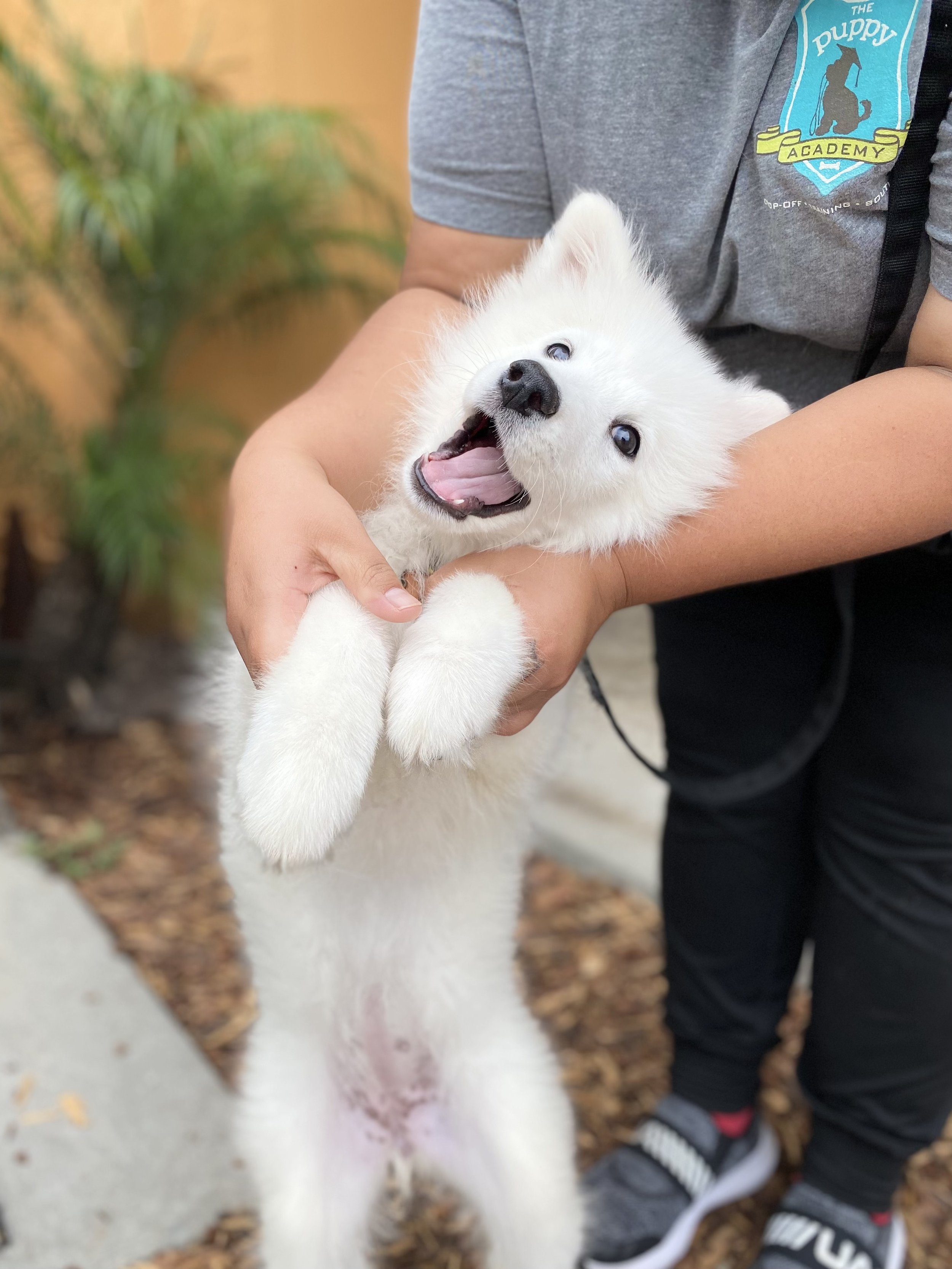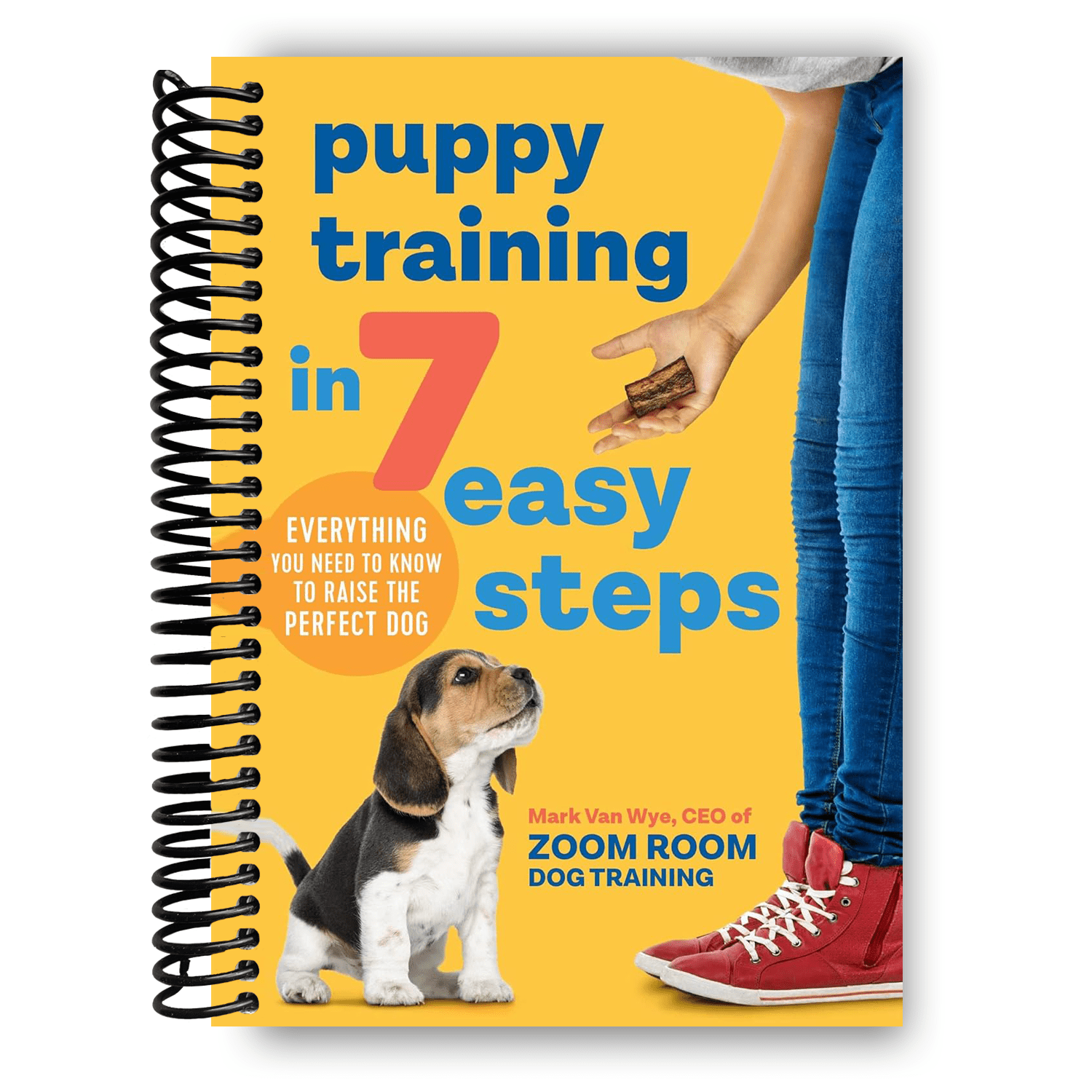Leading Pup Educating Strategies to Ensure a Well-Behaved Pet
Efficient pup training is crucial for cultivating a well-behaved buddy, and numerous methods can considerably influence a pet's growth. As we discover these methods better, it ends up being clear that the success of young puppy training pivots on a combination of strategies that can change your pet's habits in amazing ways.
Favorable Reinforcement Strategies
Using favorable reinforcement strategies is vital for reliable young puppy training, as it urges preferred actions through rewards as opposed to punishment. This approach profits from the all-natural understanding processes of canines, enhancing good habits by giving tangible and instant rewards, such as treats, appreciation, or play. By associating positive results with specific actions, young puppies are most likely to repeat those habits in the future.
Benefits should be given right away after the wanted behavior takes place to develop a clear link in the pup's mind. In addition, varying the types of rewards can keep a pup's passion and inspiration throughout the training process.

Consistency in Training Commands
Preserving uniformity in training commands is crucial for enhancing the lessons learned through favorable reinforcement techniques. Dogs grow on routine and predictability, so using the same verbal commands and hand signals for particular habits is essential. This uniformity aids puppies recognize what is expected of them, reducing confusion and disappointment for both the instructor and the animal.

Timing also plays a considerable role in consistency. Commands should be supplied without delay during training sessions and complied with immediately by positive reinforcement, such as treats or praise. This prompt action helps strengthen the organization in between the command and the desired habits.
Incorporating consistency into training sessions will certainly produce a stable understanding atmosphere, advertising quicker mastery of commands. Ultimately, a well-structured strategy cultivates a solid bond in between the young puppy and its proprietor, resulting in a much more mannerly and obedient animal.
Socialization With Other Pets
Socializing with other pet dogs is critical for a puppy's development, as it aids them find out suitable behaviors and interaction abilities in diverse social contexts. Very early communications with various pets can dramatically affect a puppy's personality and adaptability in various scenarios. When puppies are exposed to a variety of animals, they become a lot more positive and much less frightened, which can protect against possible behavioral issues later on in life.

Instruct your young puppy to recognize signals from various other pets, such explanation as indications of playfulness or pain, fostering mutual regard and understanding. Normal socializing not only boosts your puppy's social abilities but additionally contributes to their overall well-being, creating an extra harmonious living environment.
Cage Training Benefits
Acknowledging the numerous advantages of pet crate training can significantly enhance both the puppy's and proprietor's experience. Crate training offers a safe and safe and secure atmosphere for young puppies, guaranteeing they really feel protected when laid off. This sense of protection can considerably reduce anxiety and stress and anxiety levels for both the family pet and the owner.
Furthermore, dog crates act as a useful housebreaking tool. Pups normally prevent dirtying their sleeping area, consequently urging them to hold their bladder up until they are allow outdoors. This reaction can accelerate the house-training process, fostering good routines beforehand.
When unsupervised,Crate training also assists in managing a young puppy's behavior - puppy training. By offering a designated room, owners can prevent harmful habits, original site such as eating on furniture or entering into harmful compounds. Dog crates can be beneficial throughout travel, offering a familiar room that can aid relax a pup in brand-new atmospheres.
Lastly, establishing a dog crate routine urges freedom, allowing pups to learn just how to be alone without worry. On the whole, cage training is an efficient approach for advertising technique, serenity, and safety, resulting in a well-adjusted, mannerly animal.
Chain Training Fundamentals
Leash training is a fundamental facet of accountable pet ownership that guarantees a pleasurable and risk-free strolling experience for both the puppy and its owner. Correct chain training begins early, preferably during the puppy's socializing period. This training helps establish good practices and advertises favorable behaviors when out in public.
To start, select a comfortable collar or harness that fits your pup well. Connect a tough chain, guaranteeing it is not too long, as this can cause drawing and erratic actions. Beginning in a silent environment to decrease interruptions and gradually present your young puppy to brand-new surroundings.
Usage positive reinforcement methods, such as treats and praise, to urge your young puppy to stroll close to you. Stop walking and wait for them to return to your side prior to proceeding if your puppy pulls. This teaches them that drawing will certainly not produce forward movement. Consistency is vital; technique on a regular basis and remain patient, as proficiency takes time.
Additionally, include short training sessions with enjoyable disturbances to develop your pup's focus. With commitment and determination, leash training will certainly result in a hospitable buddy, making walks delightful for both the check my blog young puppy and the owner.
Conclusion
Finally, employing efficient young puppy training strategies is critical for establishing a well-behaved animal. Favorable reinforcement fosters trust and encourages preferred behaviors, while consistency in commands aids in understanding. Socializing with other animals boosts adaptability and social skills, and cage training provides a protected atmosphere that sustains house-training efforts. Leash training develops correct walking habits, contributing to delightful trips. In general, these techniques collectively promote an unified partnership between pups and their proprietors.
As we check out these techniques further, it becomes clear that the success of pup training pivots on a mix of techniques that can transform your pet dog's actions in exceptional methods.
Making use of positive reinforcement methods is important for effective young puppy training, as it urges wanted actions with rewards rather than punishment.Crate training likewise assists in taking care of a young puppy's behavior when not being watched.Leash training is a basic facet of accountable family pet possession that guarantees a satisfying and safe strolling experience for both the puppy and its proprietor.In conclusion, utilizing effective pup training techniques is vital for developing a mannerly pet dog.